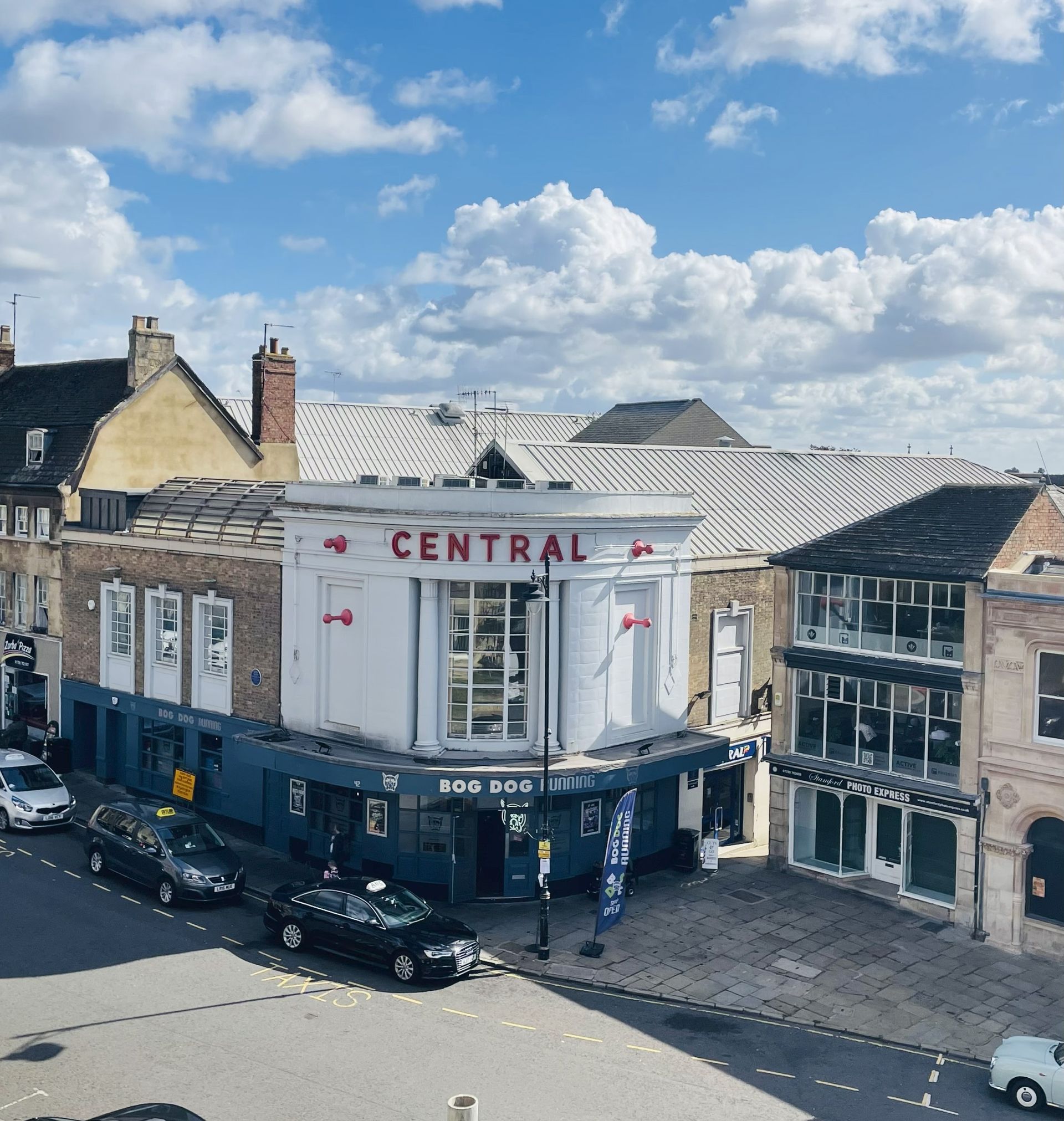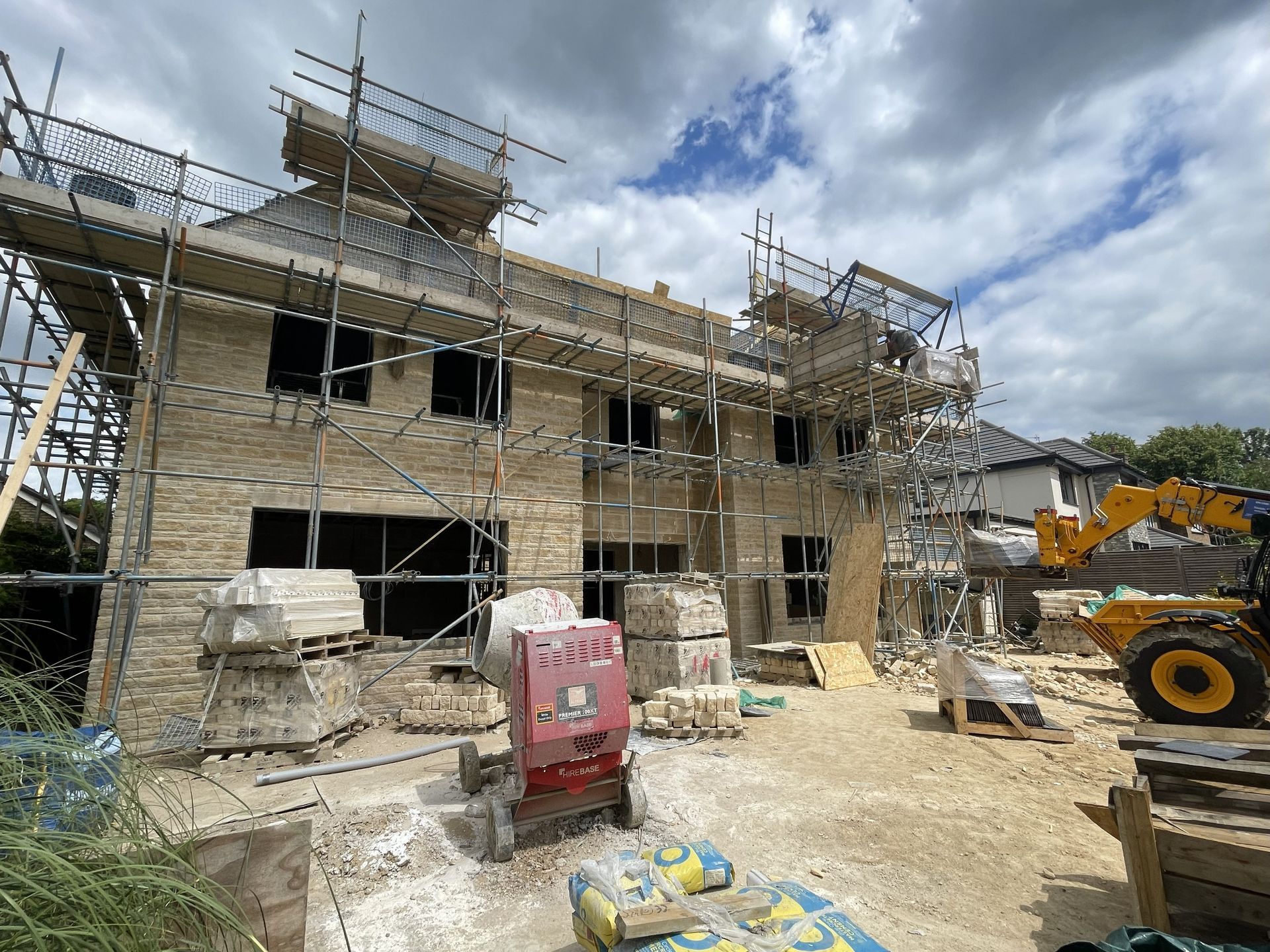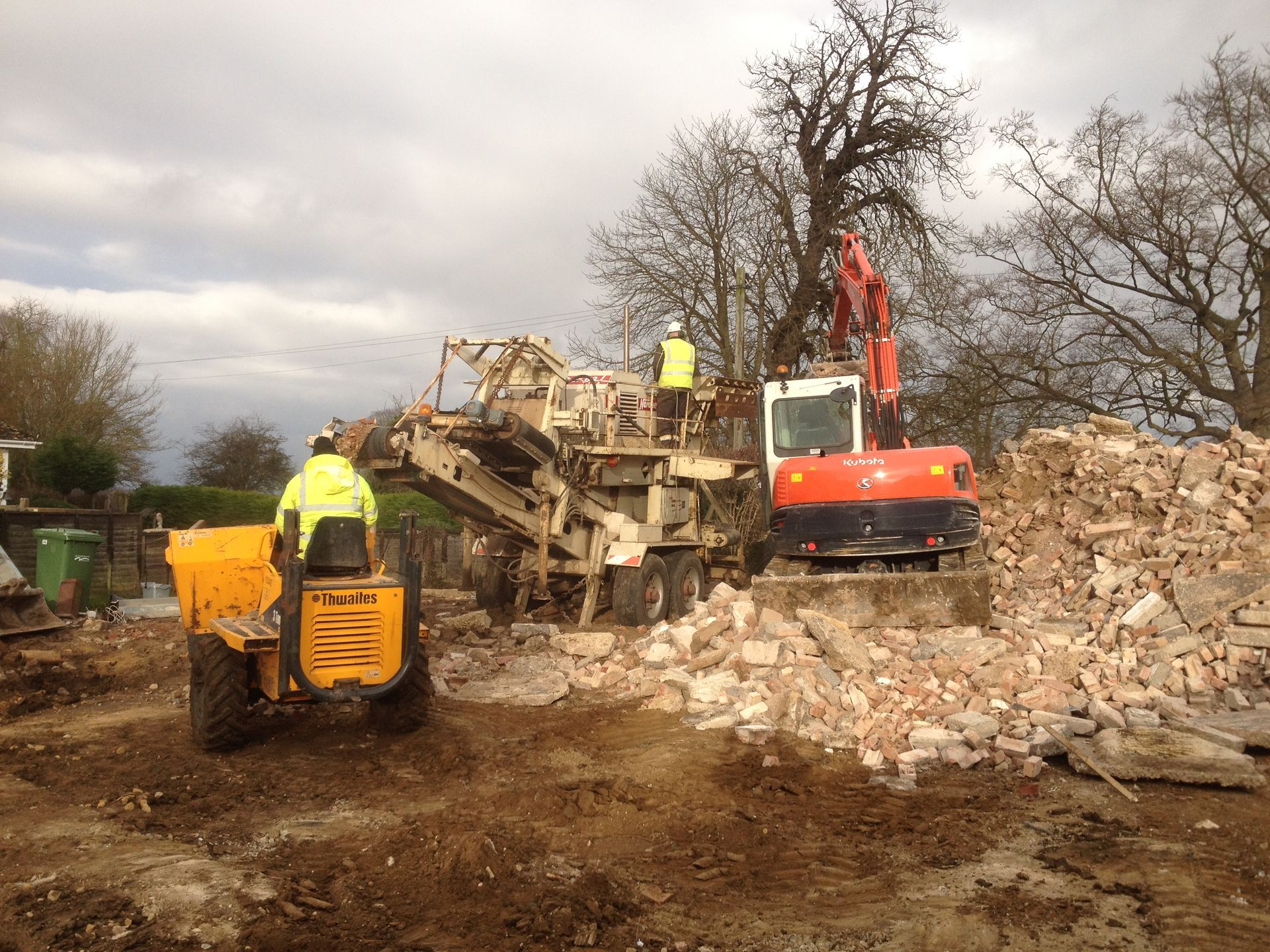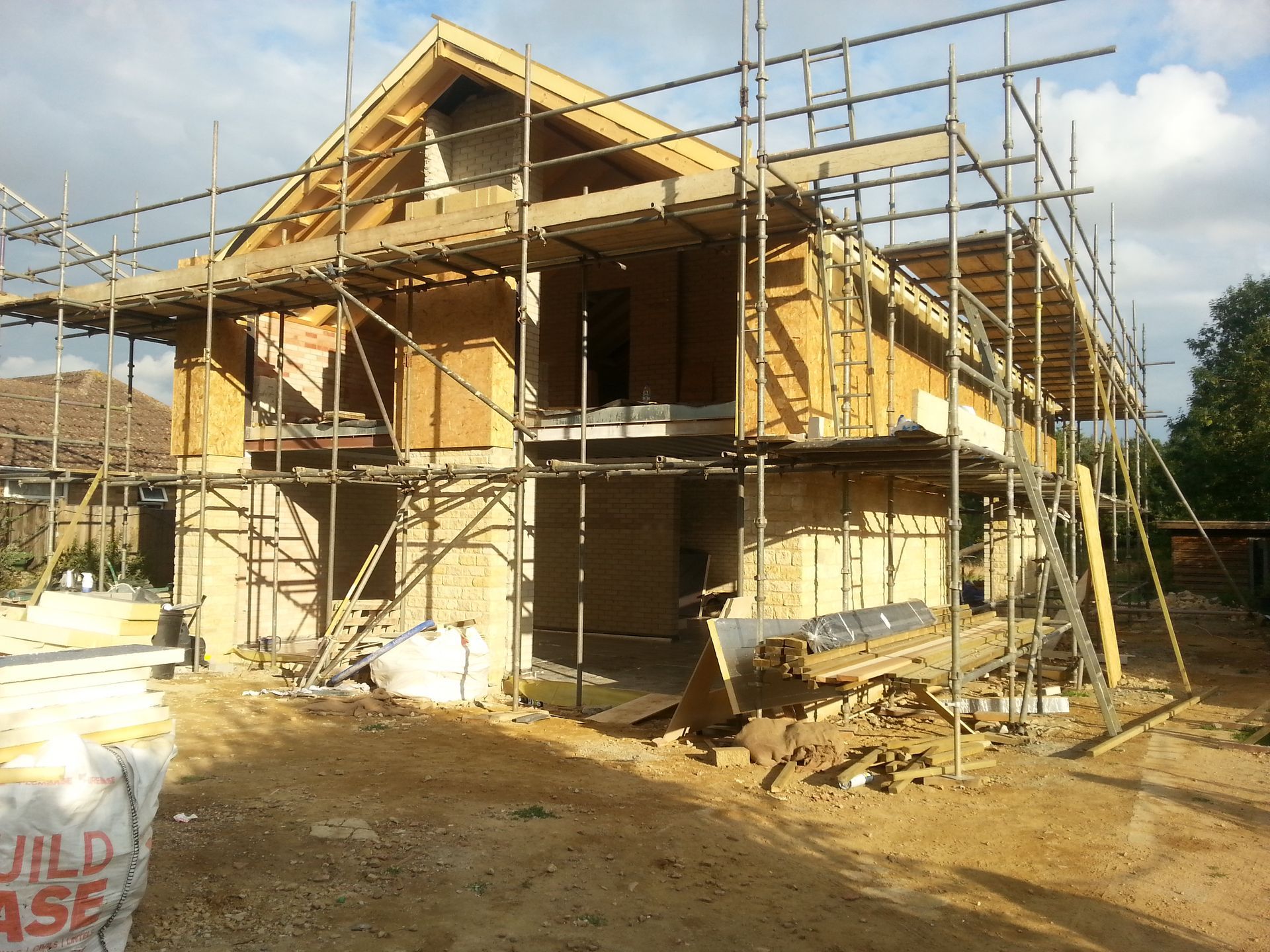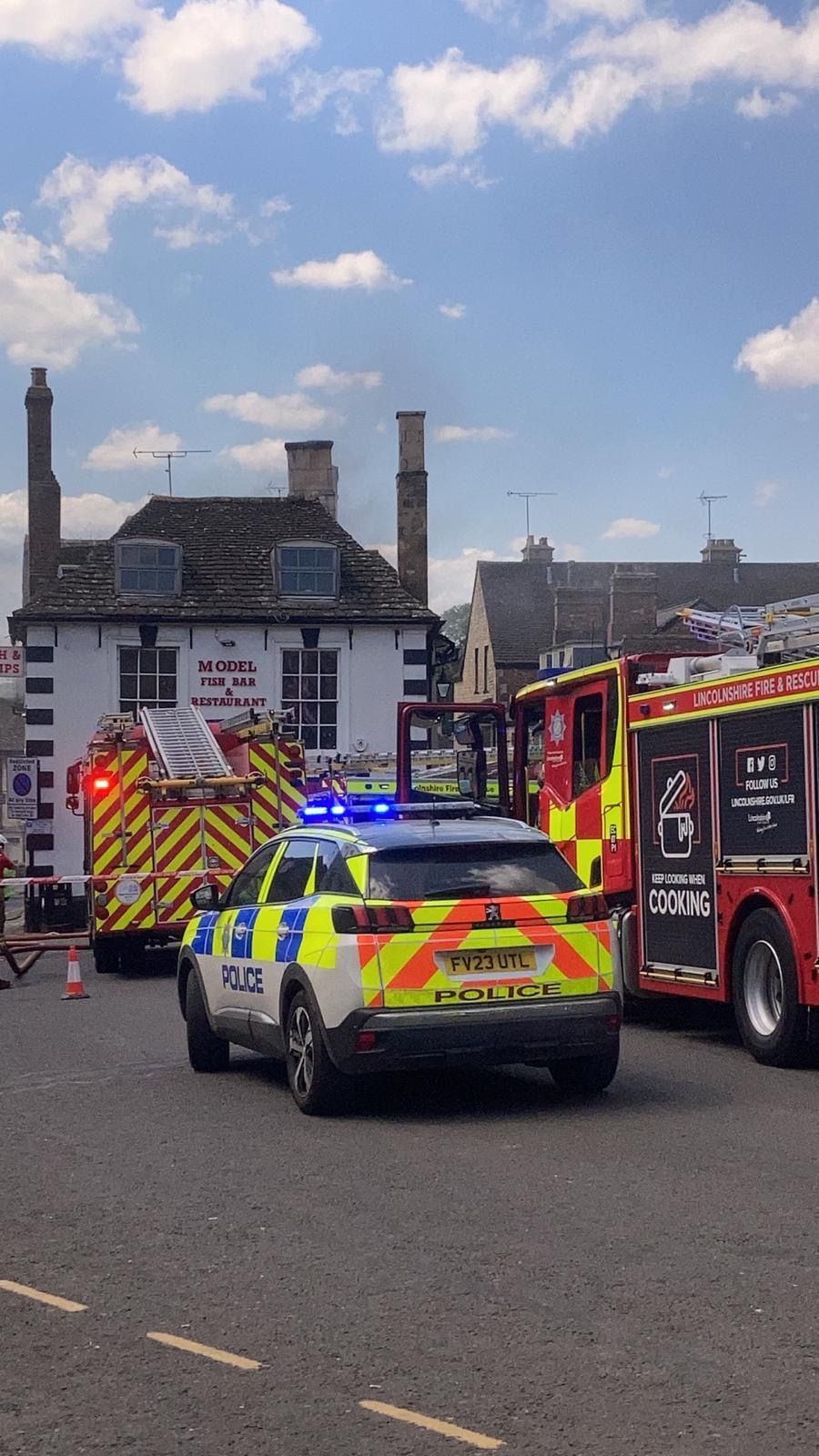Stamford’s Industrial Giant: Honouring Blackstone & Co.
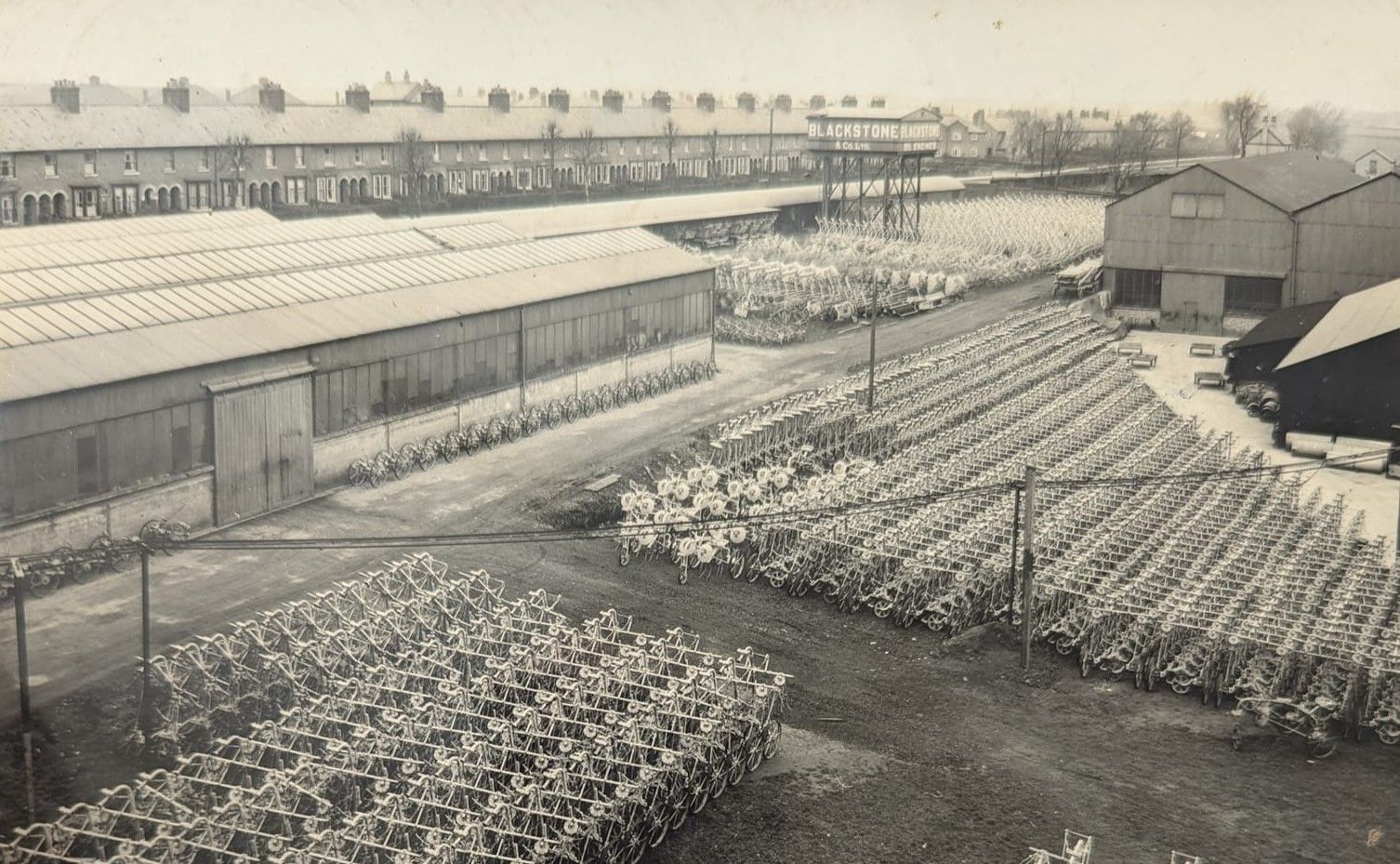
This week I was honoured to attend the unveiling of a blue plaque on the former Blackstone & Co. showroom building in Stamford, organised by the Stamford Civic Society. Originally built as the Blackstone’s showroom — the first of its kind and highly innovative at the time. The site later became a cinema, rebuilt in 1932 in the art deco style following a fire, before reopening as a nightclub in 1994. Today, it’s a building our practice is proud to be working on, and one of Stamford most iconic buildings.
Blackstone’s: Stamford’s Largest Employer
Founded in 1837, Blackstone’s grew into Stamford’s largest employer, with its plant covering a vast swathe of the town — stretching from the hospital on Ryhall Road, right up to where Sainsbury’s now stands, and across to the site of today’s Morrisons on Uffington Road.
Generations of local families worked there, and its reputation spread worldwide. Blackstone engines powered farms, dairies, sawmills and generators, bringing reliable portable power to communities long before rural electrification. The company also made a significant contribution to the war effort, turning its engineering skills to support the nation in both World Wars
Innovation That Changed the World
The plaque also honours the Carter brothers, Frank and Tod, whose invention of the spring pump fuel injection system revolutionised diesel engines. Their breakthrough made engines more reliable, efficient and powerful — and its principles still underpin engine technology today.
It was a privilege to meet members of both the Blackstone and Carter families at the unveiling, and to hear their pride in this enduring legacy.
Everyday Reminders of Blackstone’s
Blackstone’s legacy isn’t only found in global achievements — it’s still woven into the everyday fabric of Stamford.
Some of the local pubs feature beautiful cast-iron Blackstone tractor seats converted into bar stools, giving new life to the company’s craftsmanship.
If you look down as you walk through the streets, you can still spot manhole covers stamped with the Blackstone name — quiet, everyday reminders of their impact on the town and elsewhere.
And the name itself lives on in the Blackstones Sports and Social Club on Lincoln Road, keeping the memory of the company alive as a community asset.
What We Lost
Yet what is striking now is how little of the plant itself remains. Despite Blackstone’s vast presence and its role at the heart of Stamford life, almost none of the buildings were retained. Unlike our Georgian terraces and stone churches, which we rightly covet and protect, our industrial heritage has too often been overlooked.
Why This Plaque Matters
Thanks to the Stamford Civic Society, this blue plaque doesn’t just honour great engineers — it reconnects us with a story almost erased from the landscape.
As architects, we’re proud to be working on this historic building, ensuring it continues to evolve while still holding onto the stories that shaped it.
If you’re interested in how we work with historic buildings to give them a sustainable future, explore our Architectural Projects or get in touch with our team;
